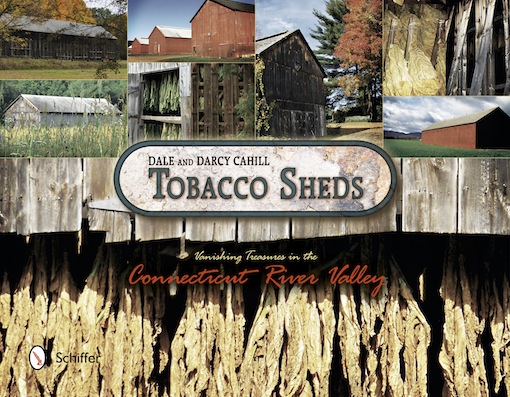Cigar Review: Crux Passport Lancero
18 Jun 2014
 This is a new offering from Crux, a boutique brand created by two Minnesota tobacco retailers. Like other Crux cigars, the Passport vitolas feature small ring gauges, modern marketing, and low production figures.
This is a new offering from Crux, a boutique brand created by two Minnesota tobacco retailers. Like other Crux cigars, the Passport vitolas feature small ring gauges, modern marketing, and low production figures.
I received two sample Lanceros from Crux, which plans to begin shipping the line at the end of June, along with a Corona (5.5 x 44) and a Toro (6 x 48).
“Only 100 boxes of each size will be released on the first shipment and 500 boxes of each on subsequent shipments,†says to Jeff Haugen, co-owner of both the Crux brand and the Tobacco Grove shop in Minnesota. They’ll follow up in August with 500 boxes each of two additional sizes.
The cigars are rolled at the Plasencia cigar factory in Danli, Honduras, with a blend that Haugen lists as a 2009 Habano Ecuador wrapper, Habano Viso Estelà binder, and Nicaraguan filler. The MSRP is $6.99, and they come in 20-count boxes.
Crux describes Passport’s strength at the low end of full, but I’d consider it more in the medium range.
Construction was fine on both samples, with lots of smoke production and a good draw. As can often be the case with thin ring-gauge cigars, a few relights were necessary as the byproduct of trying to smoke even slower than usual.
The most prominent flavor, for me, was cocoa and a bit of pepper. There was also an earthiness and a touch of leather. I did experience some harshness at a couple of points, particularly in one of the samples, but that may work itself out through the resting process before the line is released.
The company’s website lists only four retailers in three states, so finding your Passport may not be easy. But Crux is the kind of company it’s easy to root for, and I’d urge you to pick up any of their cigars if you spot them.
For me, this Lancero rates three and a half stogies out of five.

[To read more StogieGuys.com cigar reviews, please click here.]
photo credit: Stogie Guys



 Antaño Dark Corojo is the line that first comes to mind when I think of Joya de Nicaragua. It was the first Joya I ever smoked and, for a while, it shaped my notion of what a Nicaraguan cigar should be. When I was just getting into cigars, I remember having a Joya on my lunch break after a light meal. I was not terribly productive for the rest of the afternoon.
Antaño Dark Corojo is the line that first comes to mind when I think of Joya de Nicaragua. It was the first Joya I ever smoked and, for a while, it shaped my notion of what a Nicaraguan cigar should be. When I was just getting into cigars, I remember having a Joya on my lunch break after a light meal. I was not terribly productive for the rest of the afternoon.

 1) The
1) The  The 1930 Collection, a six-vitola line introduced last year, is a big part of the maker. Using a Dominican wrapper and binder, with long-filler from Nicaragua and the Dominican Republic, it boasts a strength level—upper medium—beyond my image of most Nat Shermans.
The 1930 Collection, a six-vitola line introduced last year, is a big part of the maker. Using a Dominican wrapper and binder, with long-filler from Nicaragua and the Dominican Republic, it boasts a strength level—upper medium—beyond my image of most Nat Shermans.
 Patrick Ashby
Co-Founder & Editor in Chief
Patrick Ashby
Co-Founder & Editor in Chief Patrick Semmens
Co-Founder & Publisher
Patrick Semmens
Co-Founder & Publisher George Edmonson
Tampa Bureau Chief
George Edmonson
Tampa Bureau Chief